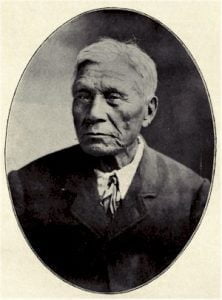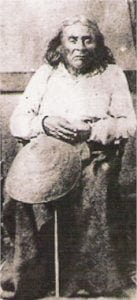Dern, I. Delbert – Obituary
I. Delbert Dern, 74, of Lynnwood, Wash., died Friday, Feb. 14, 2003, following a brief five month battle with cancer. Private interment was held at Mt. Pleasant Cemetery in Seattle, and a family celebration was held on Saturday, Feb. 22 at Lynnwood. The celebration was well attending and a fitting goodbye, with cousins from Baker City, Arlene Fulton and Delores Kissire present. Also attending were nephew and wife, Kerry and Kathy Kissire, nieces, Suzie, Cherry and hubby Dave from Forest Grove, and Flores Phelps of Tumwater, Wash. He was born December 24, 1928 in his grandparents’ home in Pendleton, and … Read more



